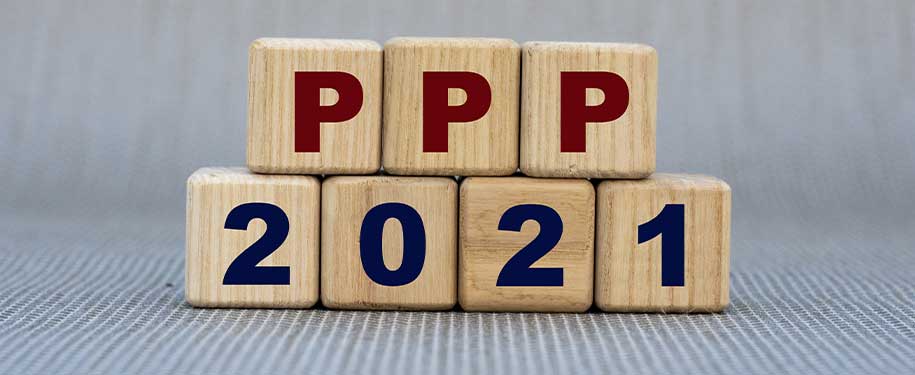Did you know that on Monday, Dec. 21, 2020, Congress passed the Consolidated Appropriations Act, 2021 (CAA)? This contains a $900 billion COVID-19 relief package that reauthorizes and modifies the Paycheck Protection Program (PPP), among many other initiatives. So, what exactly does this mean for small business owners? Here is a very brief overview of some key points.
What are the terms for the Consolidated Appropriations Act, 2021?
The CAA signed into law on December 27, 202o with some key changes as follows:
- The loan amount is capped at $2 million.
- The number of employees in a company must be no more than 300.
- You now must report at least a 25% reduction in revenue.
- Provide the payroll period for either the 2019 or 2020 calendar year
Can I apply if I received my PPP loan?
If you applied and/or received your PPP loan you can still apply for the CAA. Certain eligible borrowers that previously received a PPP loan may apply for a Second Draw PPP Loan of up to $2 million with the same general loan terms as First Draw PPP Loans. Second Draw PPP Loans must be submitted on or before March 31, 2021.
The requirements for first time PPP applicants are as follows:
- The loan amount is capped at $10 million.
- The number of employees in a company must be no more than 500.
- You do not have to show a reduction in revenue.
- Payroll periods either the 12-month period prior to when the loan was made or the calendar year 2019.
How can I use the PPP loan proceeds?
Here is an itemized list on what you can spend your loan on in your small business.
- Eligible payroll costs.
- Covered worker protection expenditures.
- Mortgage interest payments (but not mortgage prepayments or principal payments) incurred before February 15, 2020.
- Rent payments on leases dated before February 15, 2020.
- Utility payments for services that began before February 15, 2020.
- Interest payments on any other debt obligations that were incurred before February 15, 2020.
- Refinancing an SBA EIDL loan made between January 31, 2020, and April 3, 2020.
- Costs related to the continuation of group health care, life, disability, vision, or dental benefits during periods of paid sick, medical, or family leave, and group health care, life, disability, vision, or dental insurance premiums.
- Covered operations expenditures (payments for any business software or cloud computing service that facilitates business operations, product or service delivery, the processing, payment, or tracking of payroll expenses, human resources, sales and billing functions, or accounting or tracking of supplies, inventory, records and expenses).
- Covered property damage costs (costs related to property damage and vandalism or looting due to public disturbances that occurred during 2020 that were not covered by insurance or other compensation).
- Covered supplier costs (expenditures made by a borrower to a supplier of goods for the supply of goods that:
- are essential to the operations of the borrower when the expenditure is made; and
- is made pursuant to a contract, order, or purchase order (i) in effect at any time before the covered period with respect to the applicable covered loan; or (ii) with respect to perishable goods, in effect before or at any time during the covered period with respect to the applicable covered loan).
- Under no circumstances may PPP funds be used to support non-U.S. workers or operations.
This is a complicated process with a lot of information to process. Make sure to submit your application using this Paycheck Protection Program Borrower Application Form (SBA Form 2483)link. You can learn more about other requirements as forgiveness, good faith certification and general terms here.
We know how stressful running a business can be. We are happy to share our resources with you. Reach out to us if you have questions regarding the Paycheck Protection Program or the Consolidated Appropriations Act, 2021.

